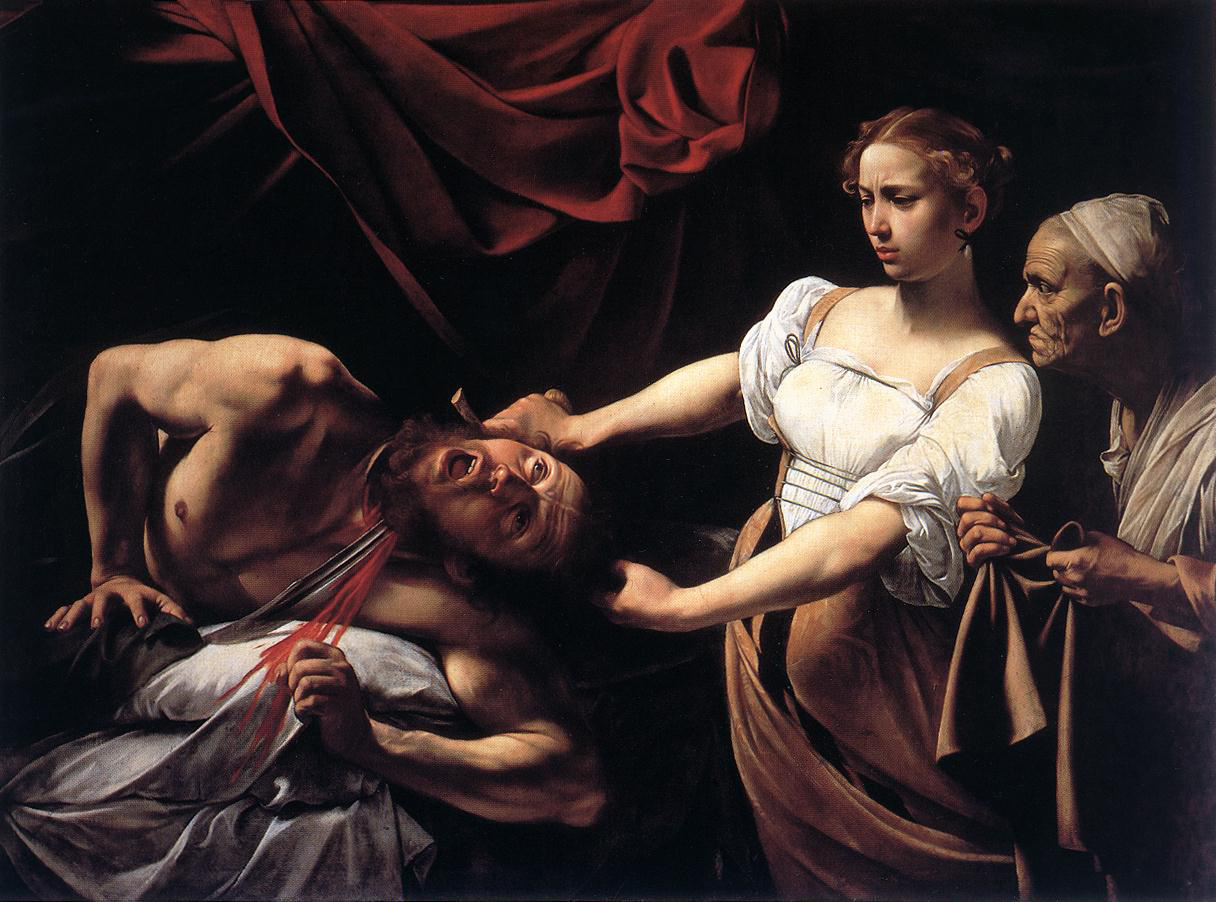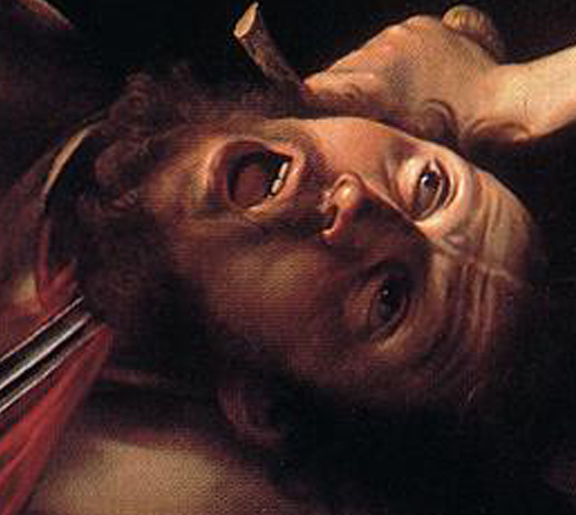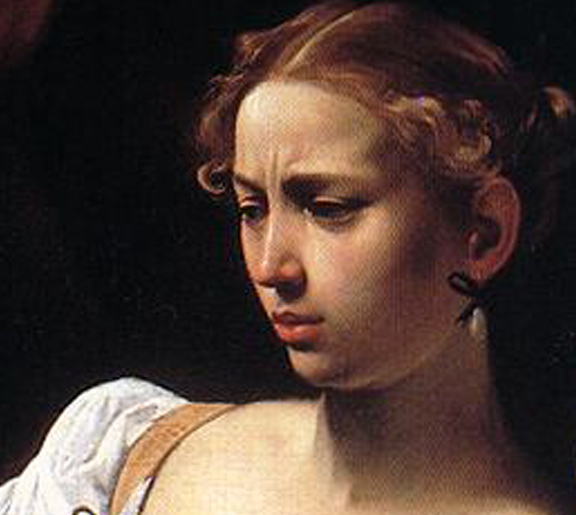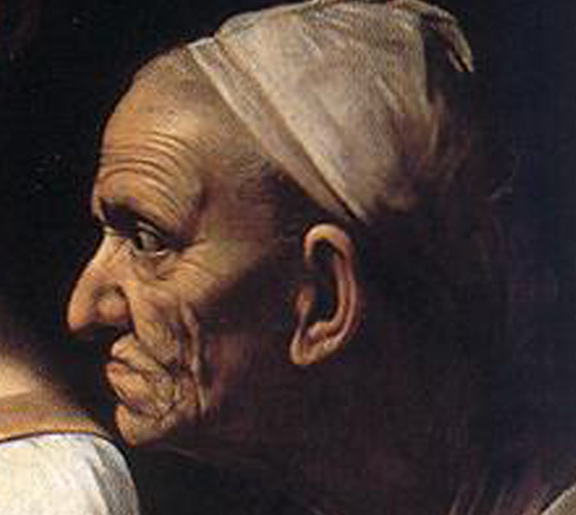
Judith Beheading Holofernes
| Year | 1598-1599 |
| Medium | Oil on canvas |
| Dimensions | 145 cm × 195 cm (57 in × 77 in) |
| Location | Galleria Nazionale d'Arte Antica at Palazzo Barberini, Rome |
Judith Beheading Holofernes, an iconic masterpiece by Caravaggio, paints a vivid and chilling tableau of the biblical narrative. Executed between 1598 and 1599, the painting depicts the widow Judith's cunning seduction of the Assyrian general Holofernes, followed by a gruesome decapitation within the confines of his tent. Rediscovered in 1950, this masterpiece now graces the collection of the Galleria Nazionale d'Arte Antica in Rome, captivating art enthusiasts with its raw emotional intensity.
In 2014, the art world was jolted by the potential discovery of a second version of "Judith Beheading Holofernes" in Toulouse. The French government imposed an export ban, seeking to authenticate the painting through rigorous tests, a testament to the enduring intrigue surrounding Caravaggio's works.[1]
The subject matter of the painting finds its roots in the deutero-canonical Book of Judith, where the eponymous heroine serves her people by employing a combination of charm and treachery. She beguiles Holofernes, plies him with drink, and, at the opportune moment, seizes his sword to execute him—an act immortalized by Caravaggio's masterful brushstrokes.
Caravaggio, true to his distinctive style, chose the pinnacle of dramatic impact—the moment of decapitation—as the focal point of his composition. The figures are meticulously arranged on a shallow stage, bathed in theatrical side lighting against a velvety black backdrop. Judith and her maid Abra dominate the scene to the right, casting an imposing shadow over the vulnerable Holofernes lying on his back.
X-rays have unveiled Caravaggio's artistic process, showing adjustments to the placement of Holofernes' head, subtly separated from the torso and shifted to the right. The faces of the characters, a testament to Caravaggio's mastery of emotion, reveal Judith's complex blend of determination and repulsion.
The model for Judith is believed to be Fillide Melandroni, a Roman courtesan who frequently posed for Caravaggio during this period. The details of blood and decapitation in the painting are thought to draw from Caravaggio's observations of the public execution of Beatrice Cenci a few years prior, showcasing his penchant for realism even in the portrayal of gruesome scenes.
Caravaggio's influence reverberates through art history, with figures like Artemisia Gentileschi building upon his legacy. While others may have surpassed Caravaggio in physical realism, his ability to capture Judith's psychological ambivalence remains unparalleled. "Judith Beheading Holofernes" stands not only as a testament to Caravaggio's artistic genius but also as a timeless exploration of the human psyche through the lens of biblical narrative.


